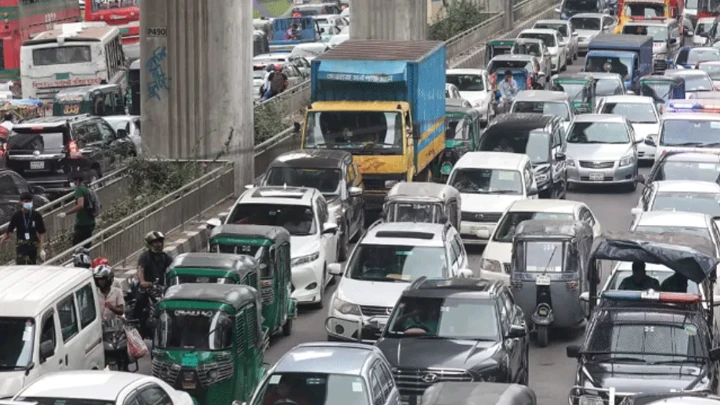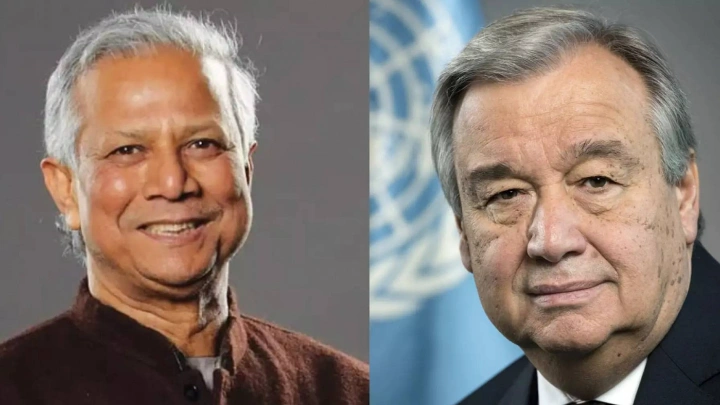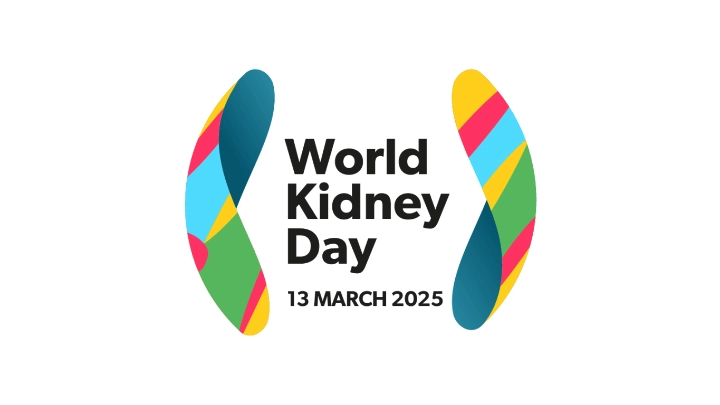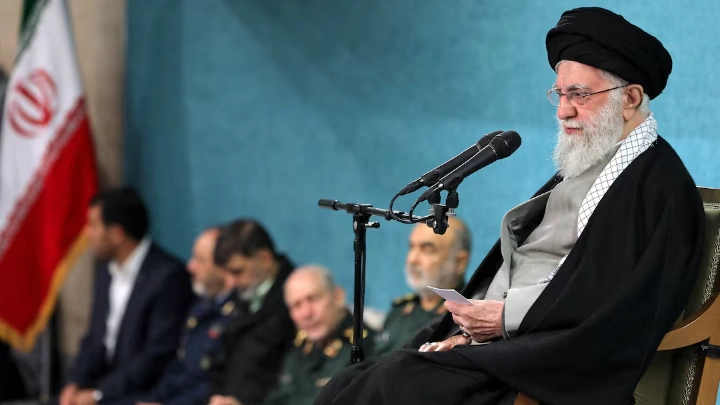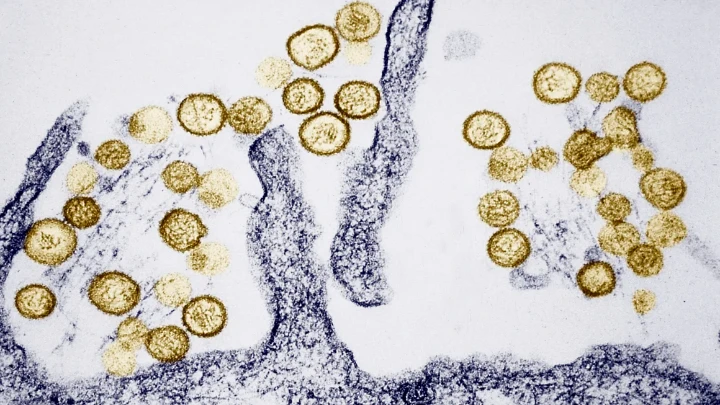Dhaka commuters get no respite from traffic gridlocks
UNB || Shining BD
Traffic gridlock has been a chronic problem in Dhaka, the overcrowded capital city of Bangladesh.
What bothers the city dwellers most is that the incidents of long tailbacks are getting longer, turning commuting into a nightmare.
The traffic jams were a longstanding issue but it has recently taken a severe turn with police yet to return to work in full force following the downfall of Sheikh Hasina government on August 5.
Experts held disorder parking, buses stopping haphazardly for passengers, occupation of footpaths, a shortage of road space compared to the number of vehicles, unplanned urbanisation, incompetence and corruption among traffic managers, lack of systematic planning, poor enforcement of laws, and the concentration of industries and offices, responsible for the growing suffering.
City dwellers alleged that though traffic police returned to the work from their abstention, they haven’t been found active like before the fall of Awami League government.
The traffic congestion will take a serious turn if the normalcy doesn’t return to the traffic police members, they observed.
The number of vehicles including buses, private cars, CNG autorickshaws, ambulances, bicycles, and trucks—has surged, exacerbating the problem.
During the absence of the traffic police on the streets, students took it upon themselves to manage traffic. Amid the chaos thousands of unauthorized battery-operated rickshaws took to the streets from the alleys, worsening the traffic jam.
What public transport passengers say about the jams
Talking to several passengers waiting for vehicles at Press Club, Paltan intersection, Mouchak and Natun Bazar intersection, it was learned that while traffic jams are a daily reality, the current situation has grown increasingly dire.
Urging the interim government to take effective measures to address the problem, commuters alleged that they have to be stuck in public transports hours together due to the traffic jams.
Banker Ruhul Anisur Rahman criticised the traffic police for failing to manage the situation effectively, calling their current role as passive observers.
Ferdous, who uses public transport ‘Green Dhaka’ regularly to move between Kuril and Natun Bazar, said disregarding traffic rules some people is contributing to the traffic congestions.
He suggested stricter enforcement by traffic police could mitigate the problem, but noted that such measures have not been visible recently.
The rise of unauthorised battery-operated rickshaws and paddle rickshaws on major roads has led to disarray, with many drivers disregarding traffic laws. The streets are crowded with these vehicles, contributing to increased risk and accidents.
Another passenger said earlier he could travel from Paltan to Kuril within one hour but now it takes around two hours and a half.
Chief Adviser’s directives to address the traffic jam
In a meeting on September 16, the interim government chief Dr. Muhammad Yunus called on the police and experts from the Bangladesh University of Engineering and Technology (BUET) to find swift and effective solutions.
What the traffic police say about the issue
Traffic police officials, including Dhaka Metropolitan Police’s Additional Commissioner Khondkar Nazmul Hasan, said that they are actively working to address the congestion and attributed the issue to various external factors, including protests and the increasing number of unauthorised vehicles.
He informed that they have been conducting drives against unauthorised vehicles plying on the streets and imposing fines on the law violators.
Dr. Adil Muhammad Khan, a Jahangirnagar University professor and also former general secretary of Bangladesh Institute of Planners, noted that the rise in vehicle numbers is outpacing the expansion of road infrastructure.
The expert said that the number of vehicles is increasing in Dhaka but the roads are not increasing accordingly. In the last few years, the number of private cars, motorcycles in Dhaka has increased a lot. Where private cars are supposed to be reduced, the number of cars is constantly increasing. Existing Road can't handle so many cars.
The urban planner said the government formulated the Strategic Transport Plan (STP) in 2005 to reduce traffic congestion in Dhaka. If that plan of 2005 could be implemented, then there would have been a lot of improvement in 2024. That is, traffic congestion was not supposed to increase. But the plan could not be implemented.
He addressed the lack of effective public transportation options as a significant factor contributing to traffic congestion, stressing the need for better management and planning.
Shining BD

